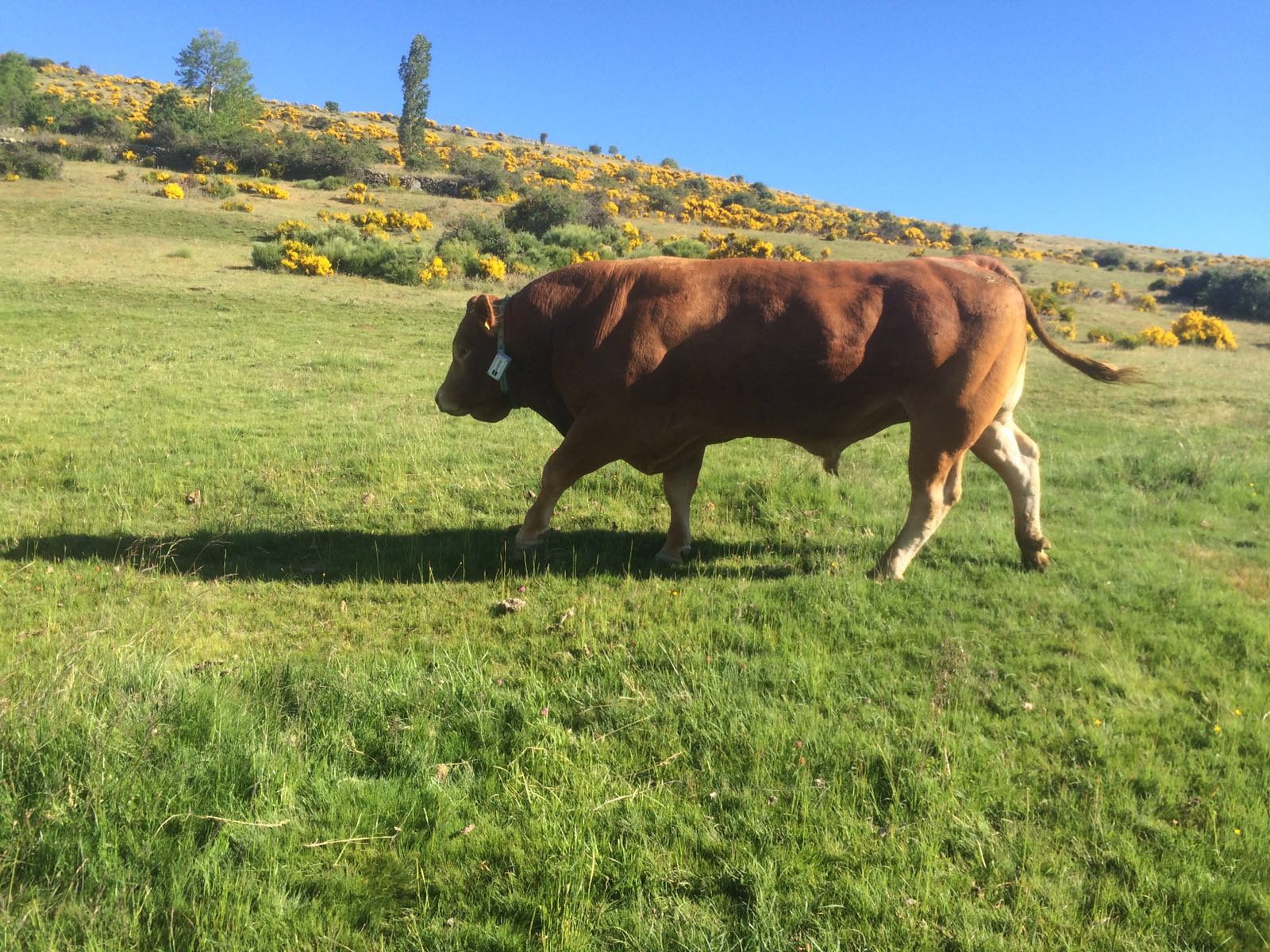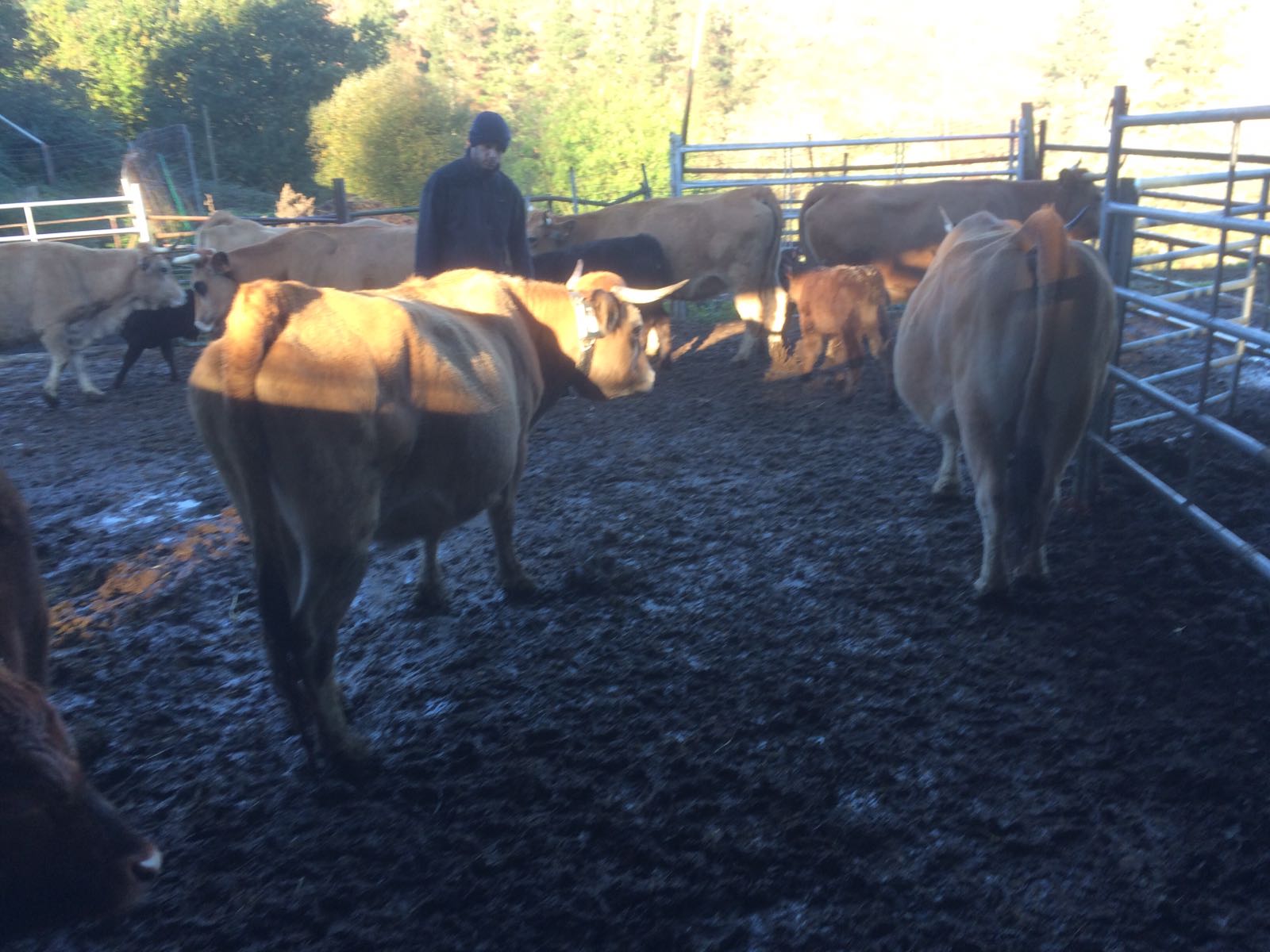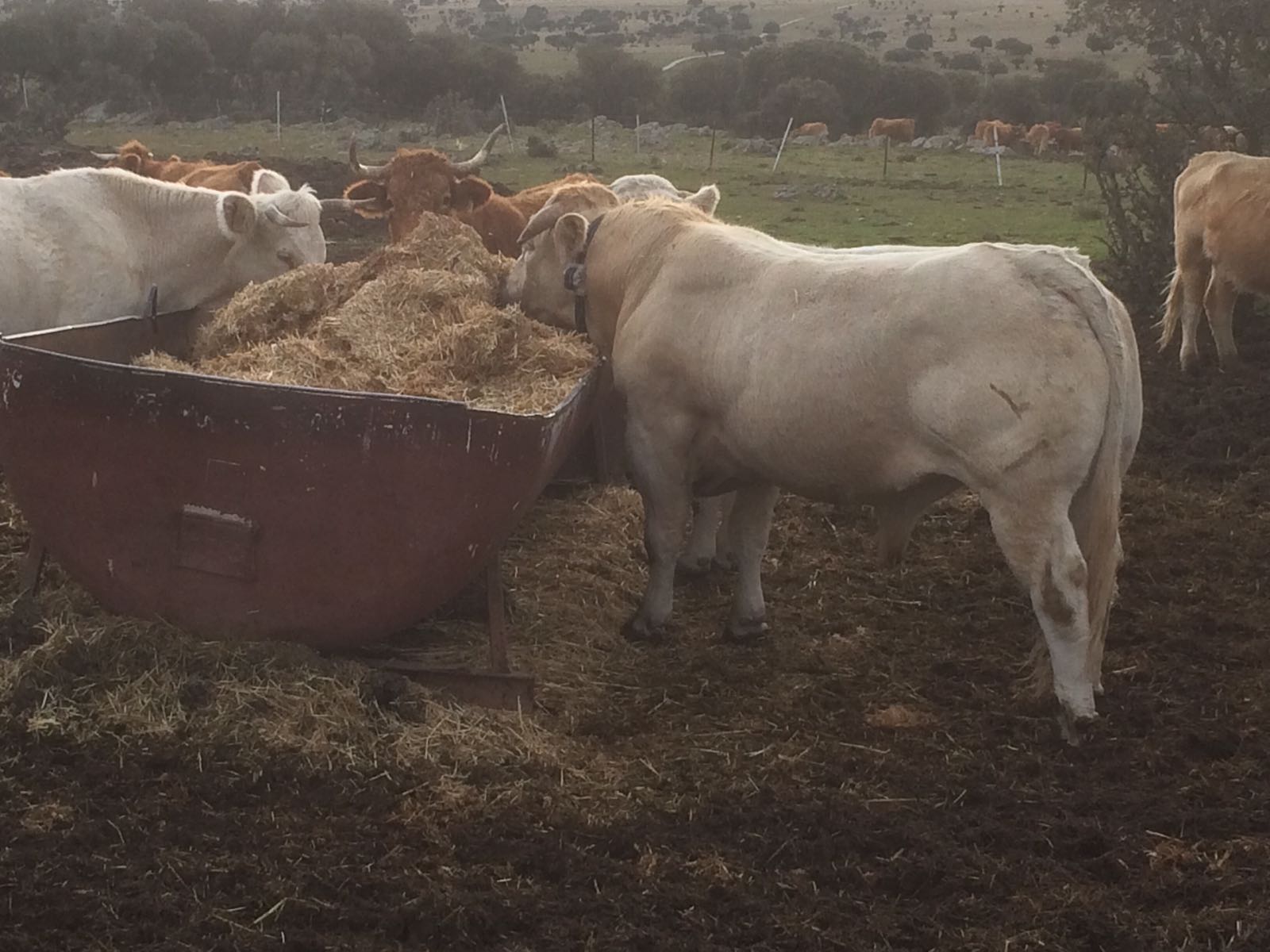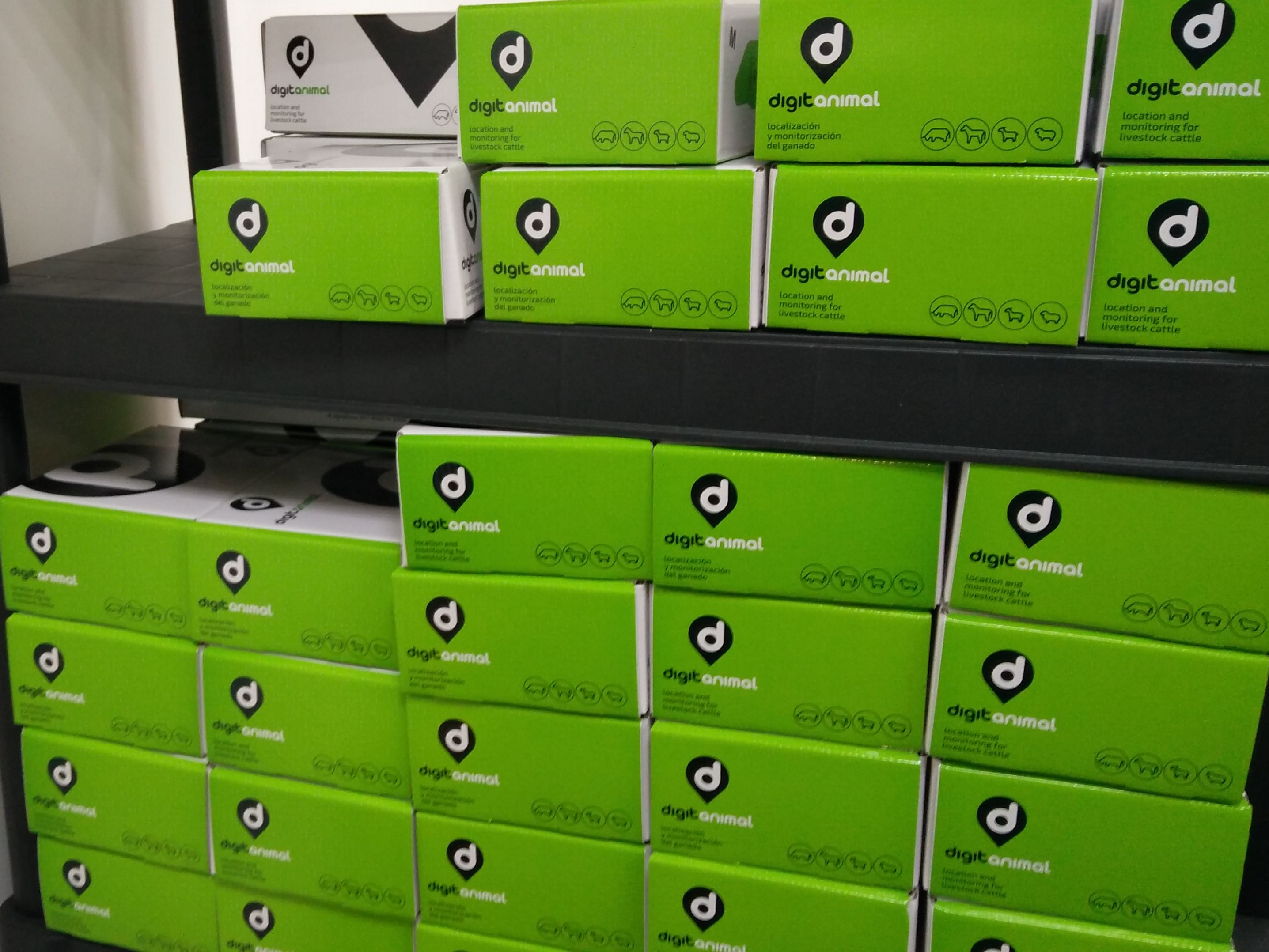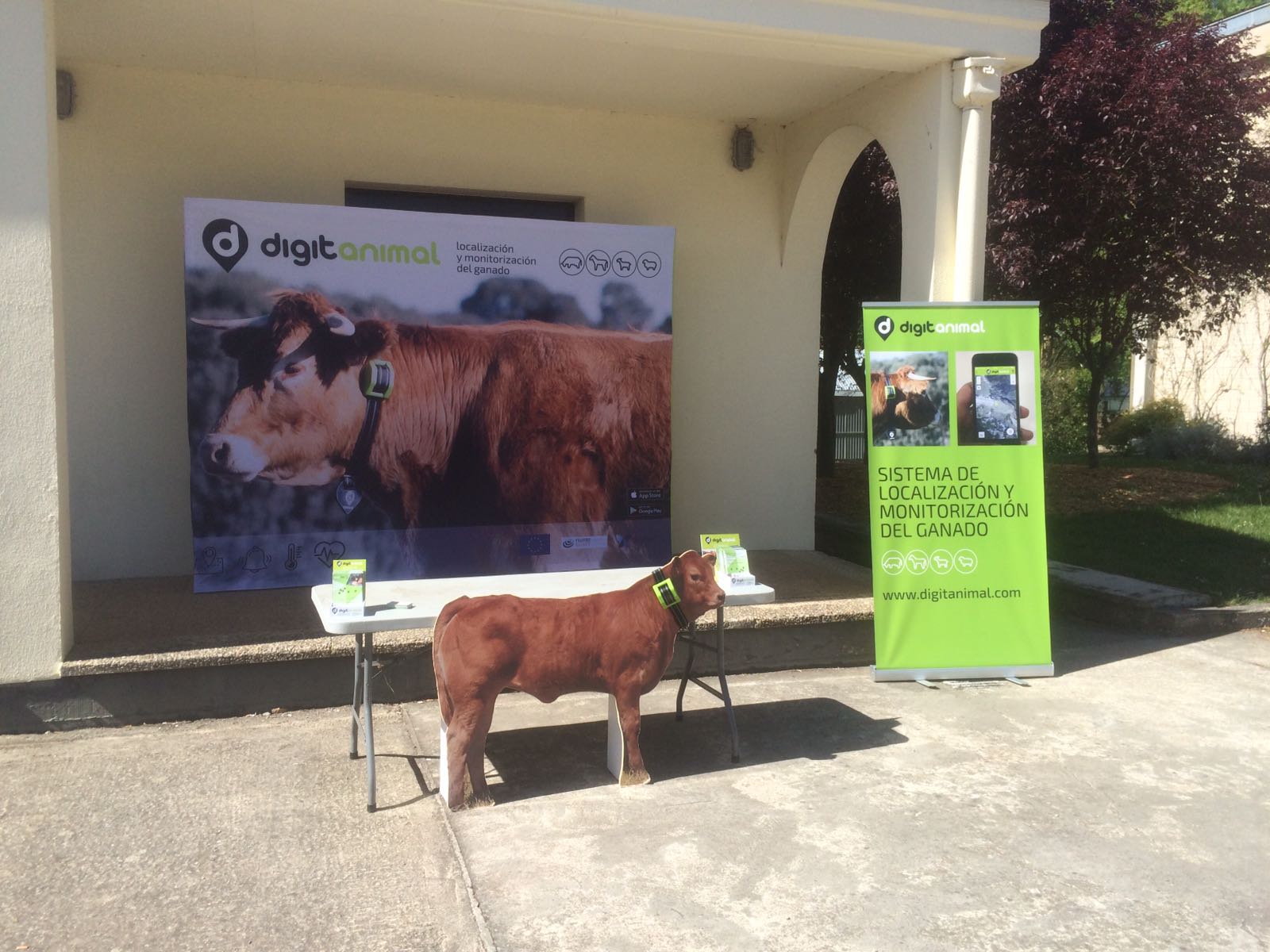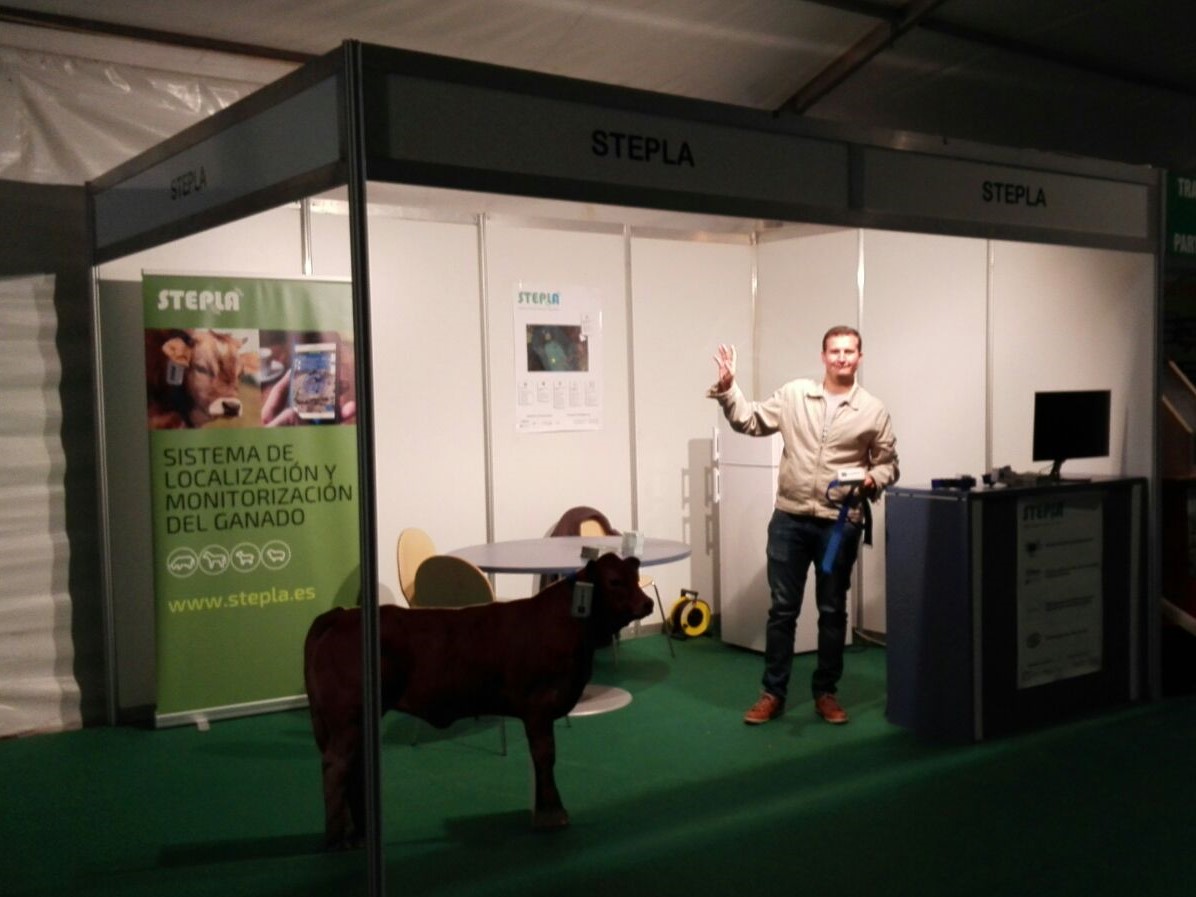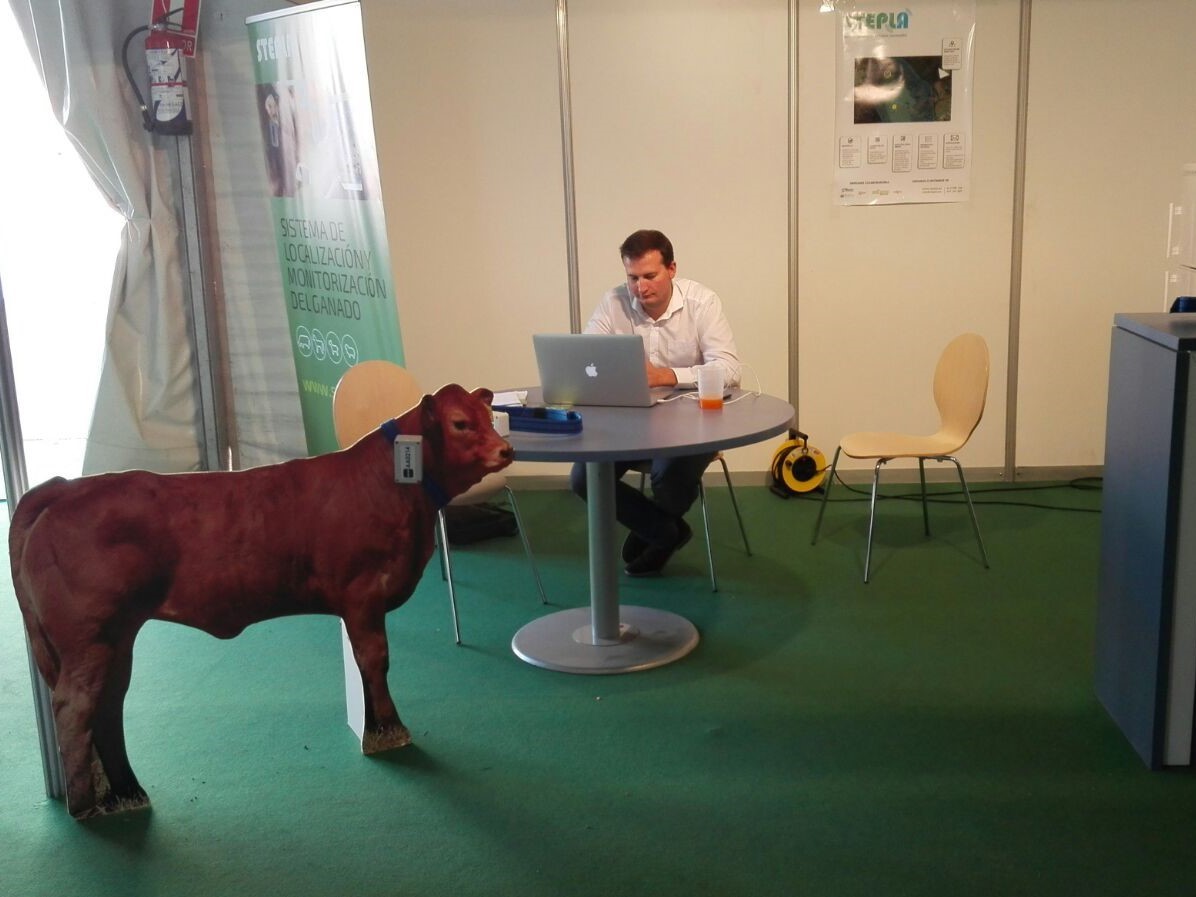
STEPLA, developed by the Spanish SME MISC International (SensoWave) is the first ICT service platform for extensive breeding farms full management that offers location, monitoring, and traceability capabilities to locate livestock individuals in real time.
STEPLA monitors in real time their condition detecting anomalies and facilitating farm management, including meat traceability and environmental impact of livestock farming activites. STEPLA integrates stakeholders such as veterinarians, suppliers, insurance companies, regulatory authorities, consumers, and every elements within the distribution chain. After being incubated by the SmartAgrifFood acceleration programme http://smartagrifood.com, and finalizing pilots in several farms in Spain, STEPLA reached their first selling agreement for the cow (beef) sector in 2015. With the H2020 SME Intr-2 Project Stepla + (Grant agreement No 726605), Sensowave envisages to carry out the needed adaptations to cover other livestock, targeting pigs, sheep and goats, and horses, and to include new functionalities such as temperature sensors, and more complex bigdata based algorithms.
Main benefits
Reduction of losses
By locating and monitoring the animal the farmer is notified if there is any type of incident.
Cost reduction
Reducing operating costs and searching times including fuel costs in displacement and loss of time for other activities.
Productivity Increases
Increase Productivity: Automatically, notifies incidents related to location and activity reducing your number of losses due to deseases by accidents, calving, thefts or attacks by other animals.
Weather alarms
The platform is integrated with meteorological agencies for getting weather information and alerts.
Activity Control
Updated information of each animal and professional information such as weekly primary market prices …
Accesibility
Easy management of their livestock from any device

News
PROYECTS






FUNDING

Results incorporated in this standard received funding from the European Union’s Horizon 2020 research and innovation programme under grant agreement No 726605





